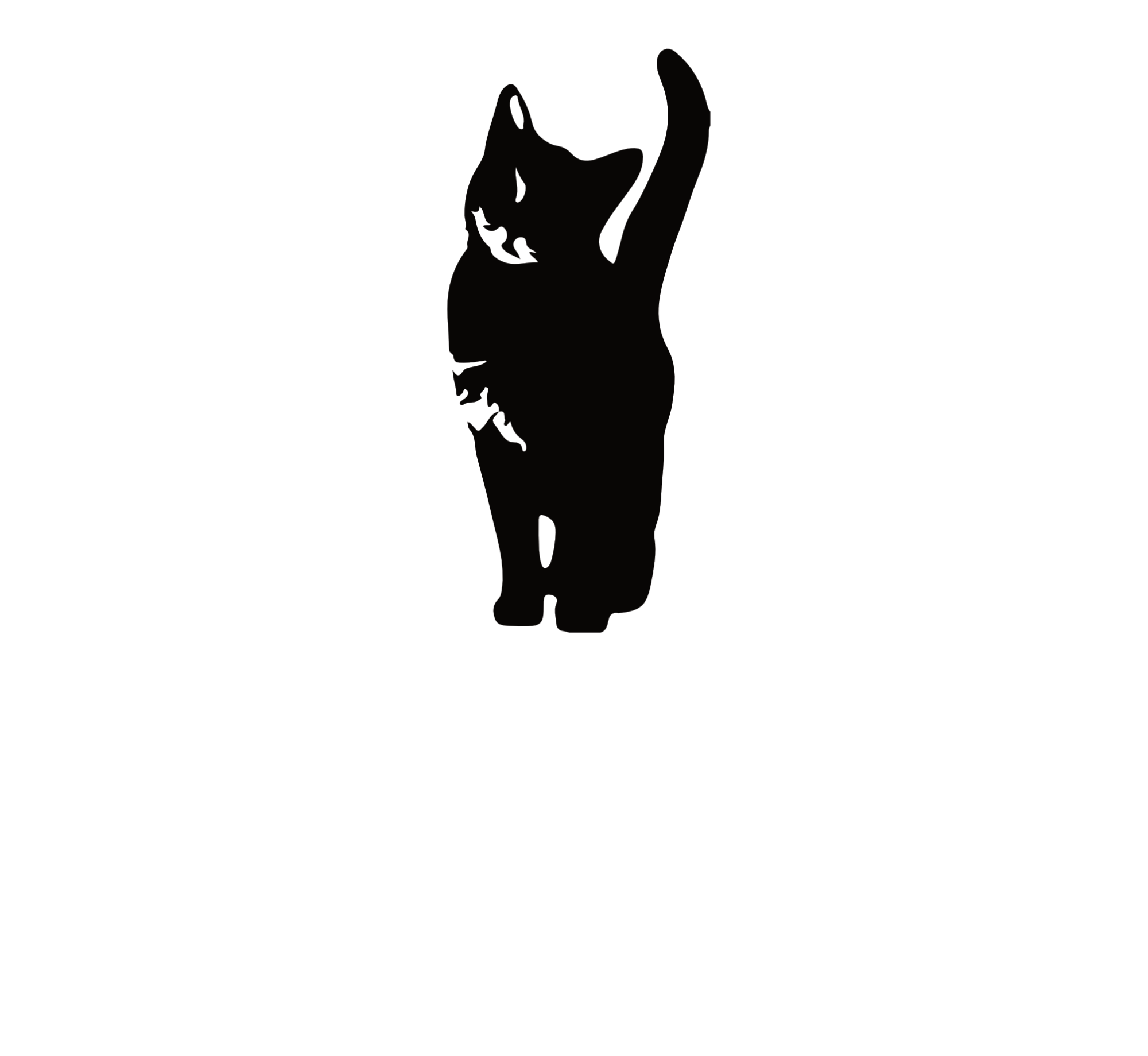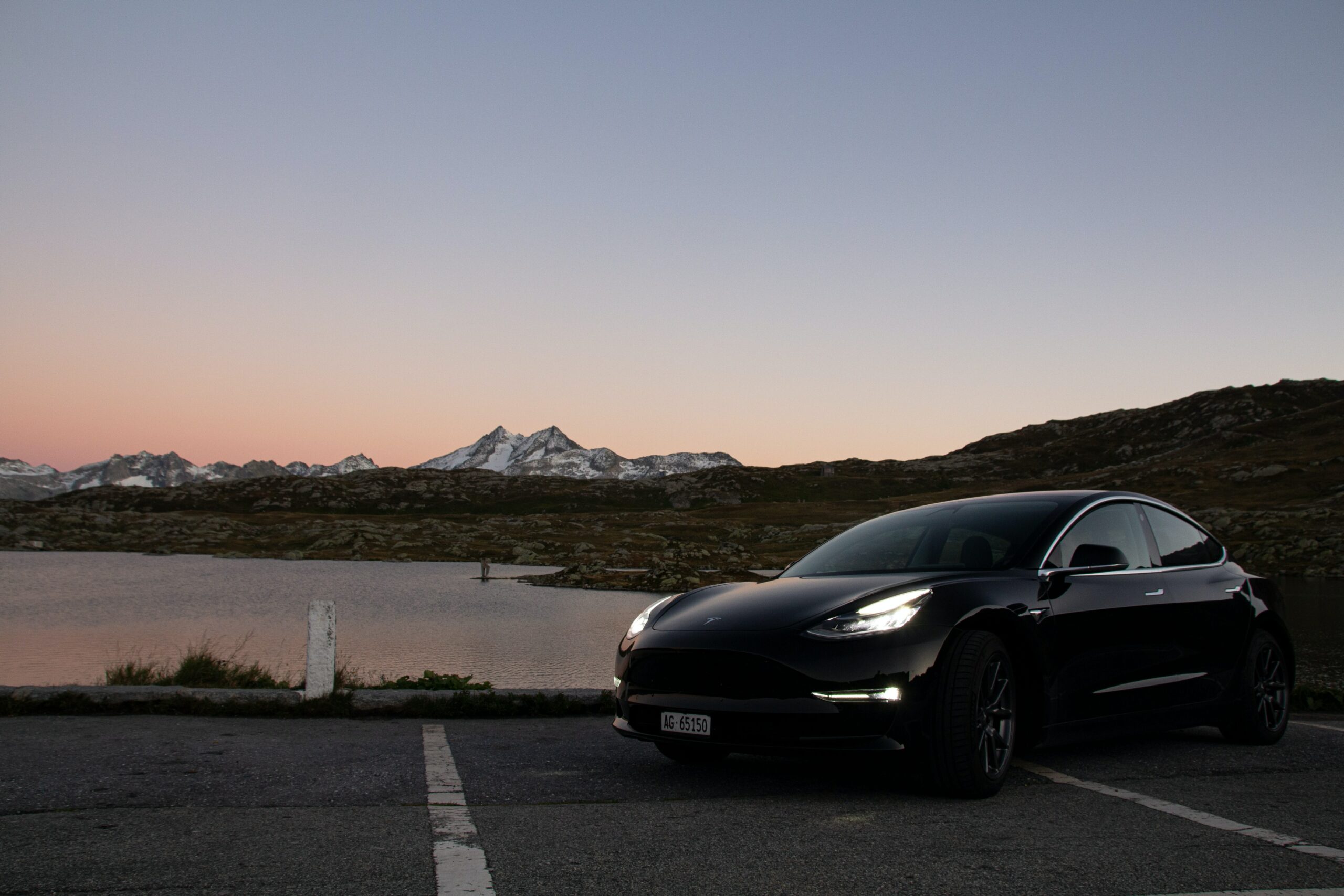Tesla has been the tech start-up darling of the, well I would say the auto industry, but they don’t think of themselves as part of the auto industry. There is no argument about the strategic vision of Elon disrupting an industry over 100 years old by creating an infrastructure of superchargers and, you know, just in case AT&T and Verizon aren’t that reliable or cooperative, launching nearly 1,600 near-earth orbit satellites with a plan to send nearly 39,000 or so in near future. Not to mention those Gigafactories. And spaceships. Jetpacks maybe?
By most measures Tesla’s future is looking bright with a valuation eclipsing venerable OEMs such as GM, Ford, Toyota, and others. What does Tesla have going for it? Quite a bit I think. Let’s take a look.
ON THE CHECK ‘PLUS’ SIDE…
A Head Start
Tesla certainly has the first-mover advantage. While most of the world was still equivocating on or poo-pooing battery electric vehicles, Tesla was manufacturing them. They had an undisputable rocky start, but with nearly two decades of iterating in BEV technology, they are ahead in both technology and many aspects of user experience. Their interior cabins are unlike anything in the marketplace chocked full of fun, useful, and engaging technologies. Some people like them, some people don’t but one cannot argue that they are willing to innovate.
Looking forward vs. Back
Quality syndication such as JD Power provided a great service for the industry through the 70s and 80s. During that time automotive quality was a bit sketchy. Japanese manufacturers capitalized on this domestic weakness and established a permanent beachhead in the Americas. Americans were quietly, and sometimes reluctantly, impressed with the quality delivered by Toyota, Honda, and Nissan and developed a very loyal following to this day. Eventually, the domestics caught up and now quality, notwithstanding purposefully baiting non-statistical rankings, is at relative parity across most vehicle brands and model lines (with some notable exceptions).
However, one unintended consequence of this laser focus on quality is that it inhibited innovation. Why take a big risk on an innovation when you would get dinged in Initial Quality? For many executives where quality was job #1, #2, and #3 it wasn’t just worth it. With your bonus on the line, it was a safer bet to incrementally innovate vs. a breakthrough innovation. Best to let other forage ahead and become fast followers.
Tesla didn’t do that. With their ‘beta’ mentality, they pushed out design, features, and innovation without fear of reprisal. To my knowledge Tesla doesn’t worry about JDPA or any other syndicated study, even openly mocking some studies. This willingness to be irreverent and take risks re-connected consumers with the ‘fun’ that the industry seemed to have lost a short time after Smokey and the Bandit and the Dukes of Hazard drove off into the sunset. They made driving ‘fun’ again with some great whimsical features that would confuse many logical and pragmatic auto engineers.
Pivoting from Fuel Economy to Acceleration
Ok, sure, we all want to save the planet. Most automotive companies assiduously focused on the rational appeal of fuel economy and the noble pursuit of reducing emissions. The hybrid vehicle was the darling of the early 21st century. Step into any Uber today and about half the time it will be a Prius hybrid.
While many customers found that pragmatic approach to be appealing; others found it boring. Tesla quickly realized and then capitalized on fact that an electric engine is fast. Really fast. A modestly priced Model S Extended range reaches 60 mph from a standstill in about 4 seconds; that’s a hair slower than my 955cc Triumph Speed Triple motorcycle. It is an acceleration not reached by cars 2 to 3 times its price. It is memorable.
Tesla once again capture the fun element of ownership and it created rabid fans not seen since the likes of GM’s brilliant Saturn brand in the 1990s. Now you could be both irreverently fast and save the planet! This fun factor and environmental appeals are critical aspects of Tesla for many buyers today.
A System
Another move that Tesla made is they just didn’t focus on the vehicle itself, but also on the system in which it was embedded. Knowing that ‘range anxiety’ was a real thing, Tesla relatively quickly deployed their own dedicated supercharging stations globally. They are fast, easy to locate (via the Tesla navigation system), and reliable. Also, at the time of this writing, they are only available to Tesla owners. Add in an intuitive app with good UX and easy to install home chargers and bingo, you have a very nice vertically integrated system that is not terribly reliant on others. The Apple of the auto world if you will. Incompatible and reliable… and kind of expensive.
Is Tesla’s fate destined for world domination? Perhaps not.
ON THE CHECK ‘MINUS’ SIDE…
Poor Quality
It is no secret that the build quality of Tesla generally stinks. While things are improving they regularly place close to dead last in syndicated studies for initial quality. A quick review of any Tesla owner panel will reveal anecdotal evidence of this shortcoming. One user went so far as to construct a point-by-point checklist of what to review upon taking delivery of their new vehicle.
“Fanboy” Tesla owners have come to expect these quality issues of gaps, paint discoloration, and bad seals. One owner I saw on a Facebook page went so far as to admonish another new owner for complaining about it. “What did you expect, you knew that when you ordered a Tesla?”. The soup-Nazi-like abuse is almost seen as part of the brand experience which must be endured, like rushing a fraternity, to reach the dissonance fixed nirvana of ownership.
As Tesla starts to breach the threshold of mainstream owners, this acceptance of shoddy quality will soon fade into frustration and dissatisfaction. While ‘fan boys’ will put up with bad quality, multi-generational owners of rock-solid quality Toyota and Honda products will not likely put up with it for long.
Tesla continues to reduce the variation in its production and is slowly improving quality. The Model 3 has a much better fit and finish than the initial Model S. While their ‘beta mentality’ does not help in ameliorating quality issues, I am fairly confident they will continue to improve on quality as they iterate and continue to gain experience. After all, Detroit, Japan, and Seoul had a 50 to 120-year jump on Tesla when it comes to mass-producing cars.
Sparkly Object Syndrome
Just because you can, doesn’t mean you should. Tesla many times puts aside simple pragmatism in favor of its dogmatic zany design philosophy. An airplane-like steering yoke in a high-performance non-drive-by-wire vehicle is just stupid and potentially dangerous. Yet some praise its innovativeness. What’s innovative about reducing control of a vehicle?
Likewise, their aversion to analog controls in favor of ‘soft buttons’ is annoying. In most cars, without taking your eyes off the road, you simply turn a switch on a stalk to activate the windshield wipers. In a Tesla, it is a three-step process where you need to switch screens and activate wipers via soft buttons. They made an easy process difficult… just ‘cuz’.
Likewise, some of the control is taken away from the operator which can be nerve-wracking. Reports of ‘phantom braking’ are widespread and an annoyance to drivers. If the vehicle detects a ‘dangerous’ situation it will rapidly brake with little warning and no authorization from the user. I suppose Tesla would argue this is a safety feature, but many false positives make it a nuisance to many drivers and potentially dangerous to those following behind at high speed.
The fork has not changed in design in several centuries. The fire hydrant has remained mostly unchanged for over 130 years. The paper clip, too, has seen very little improvement. Why? Because they work very well already. Innovation is always welcome when it improves a product or service. Sometimes, those products reach an apex. If a new design doesn’t improve useability in some way, the design should be left well enough alone.
The Human Touch
Perhaps Tesla’s biggest vulnerability is in their intentional removal of humans from the experience. Now, it is true very few people would bemoan the removal of certain aspects of buying a vehicle today. The guy grinding his cigarette into the pavement and holding your driver’s license hostage after the test drive is, unfortunately, not things of the past. Likewise, Tesla has an excellent credit approval and configuration process that takes much of the friction and heartache out of financing or leasing a vehicle. No more sitting in ‘the box’ negotiating and being upsold for the extended warranty package.
However, there are places where Tesla is throwing the baby out with the bathwater. Most normal car buyers still rely on the dealership for questions, problem resolution, and demonstrations. They want access to a human being to ask questions and resolve problems. They want the issues resolved. This aspect of the Tesla retail experience is notably absent.
In contrast to traditional buying experiences, many Tesla owners take delivery of their vehicle with a minimal walk-through or explanation. This is just fine for the avant garde fanboys, but once mainstream buyers get into the electric vehicle game, they are going to have questions and will expect help. They are going to be in for a big disappointment with Tesla.
While Tesla will improve quality and will perhaps someday show some restraint in whackadoodle design decisions, the removal of the human element is core to their business model. Tesla is extracting what most software companies consider abhorrent; people. Specifically, labor-based models. Labor is something to be removed as it is not scalable. The name of the game for software providers is to remove as “service” part of the equation as possible in exchange for automation and self-service.
There is nothing wrong with self-service in certain conditions. After all, who wants to deal with getting on the phone with someone just to make a cash withdraw or check your bank balance. This is an appropriate use of automation.
However, if there is a strange or erroneous charge, fraud, or you need to extend your spending limit quickly you want to talk to a human being to get this resolved. More importantly, you want to talk to a human being that knows you and your situation personally.
This is not the Tesla way. You don’t have to look far to find complaints from new Tesla owners being given the runaround, or more often, left to their own devices to resolve issues. Tesla’s point of view is that of many software providers; you bought the product, it’s up to you to figure out how to use it. Oh sure; there are support videos and guides but mostly the prevailing view towards customers is RTFM. Software support is notoriously poor because it is seen as a cost of business and prioritized accordingly.
Ironically, while most of the Western world has been complaining about the dealership experience for the last half a century, this may be the very thing that will save the traditional OEMs. With vast dealer networks (probably over networked) the traditional OEMs have a distinct advantage against Tesla and others of their ilk including Lucid, Rivian, Canoo, and many others.
Yes, people don’t always want the hassle of dealing with others… until they do. Then they want immediate help. World-class leaders in CX such as American Express and USAA know this and configure their automation vs. personal assistance accordingly. Tesla and other automotive upstarts would do well to follow suit with this model. Traditional OEMs would do well to re-orient their dealerships networks to focus less on large numbers of on-site vehicles and more on providing a great purchase experience, onboarding, and servicing their user base.
A New Dawn
Life is very exciting in automotive today with a very old industry being disrupted, its basic assumptions being challenged, and boundaries being blurred and redrawn. Companies that can reframe the question from the ‘car’ of the 1950s to a way of getting people and stuff places quickly, conveniently, and at low cost will come out ahead. Also, those companies that can do so without sacrificing core services that customers find important when needed will be selected.
Those who arrogantly and intentionally delete coveted aspects of the customer experience may survive, albeit as low-cost niche players (Spirit Airlines anyone?). We cannot forget that all businesses are inherently human. As such, human interaction will always have a role. Finding the right mix of automation vs. human-based services will be the key to separating the winners from the losers.



